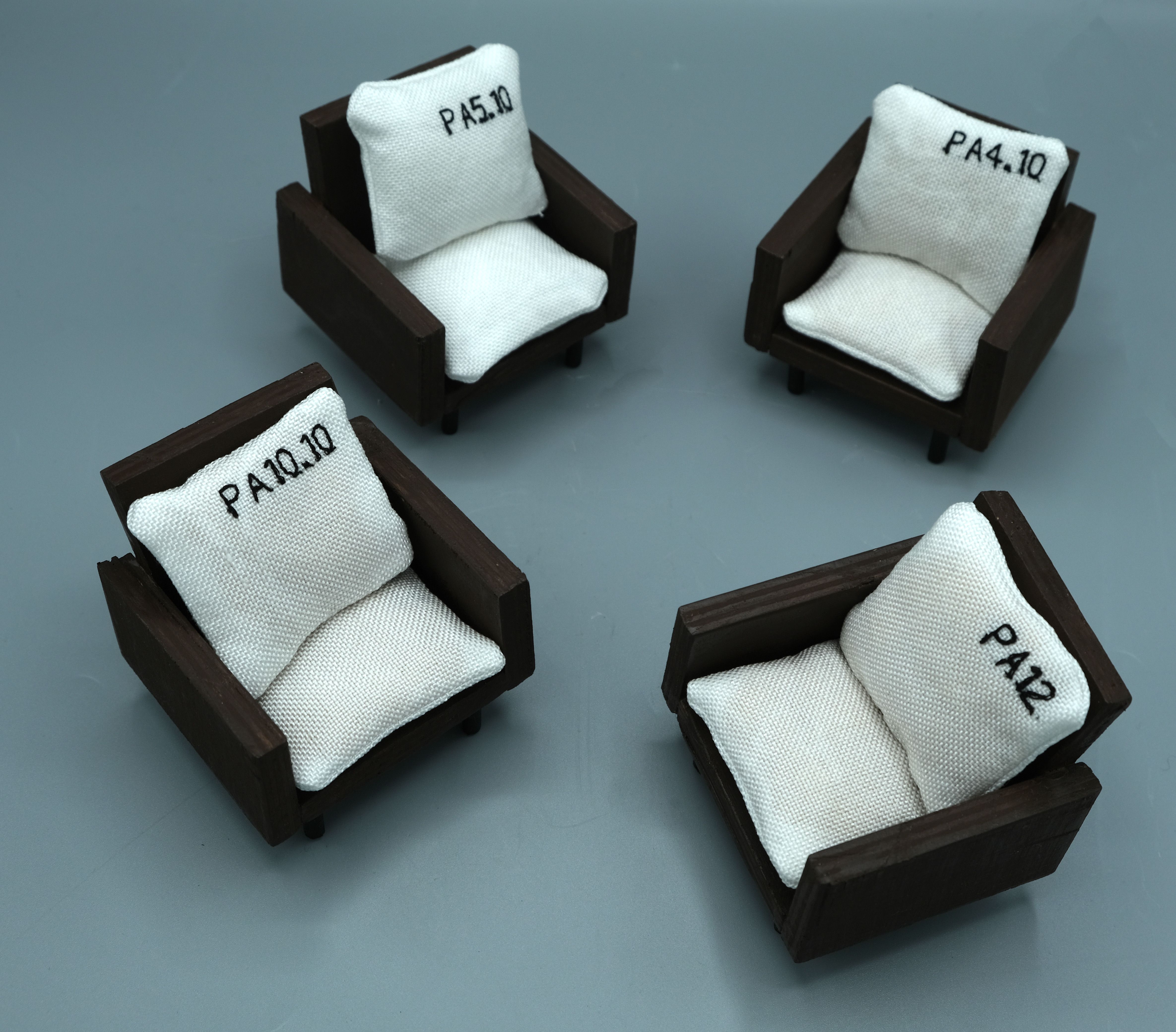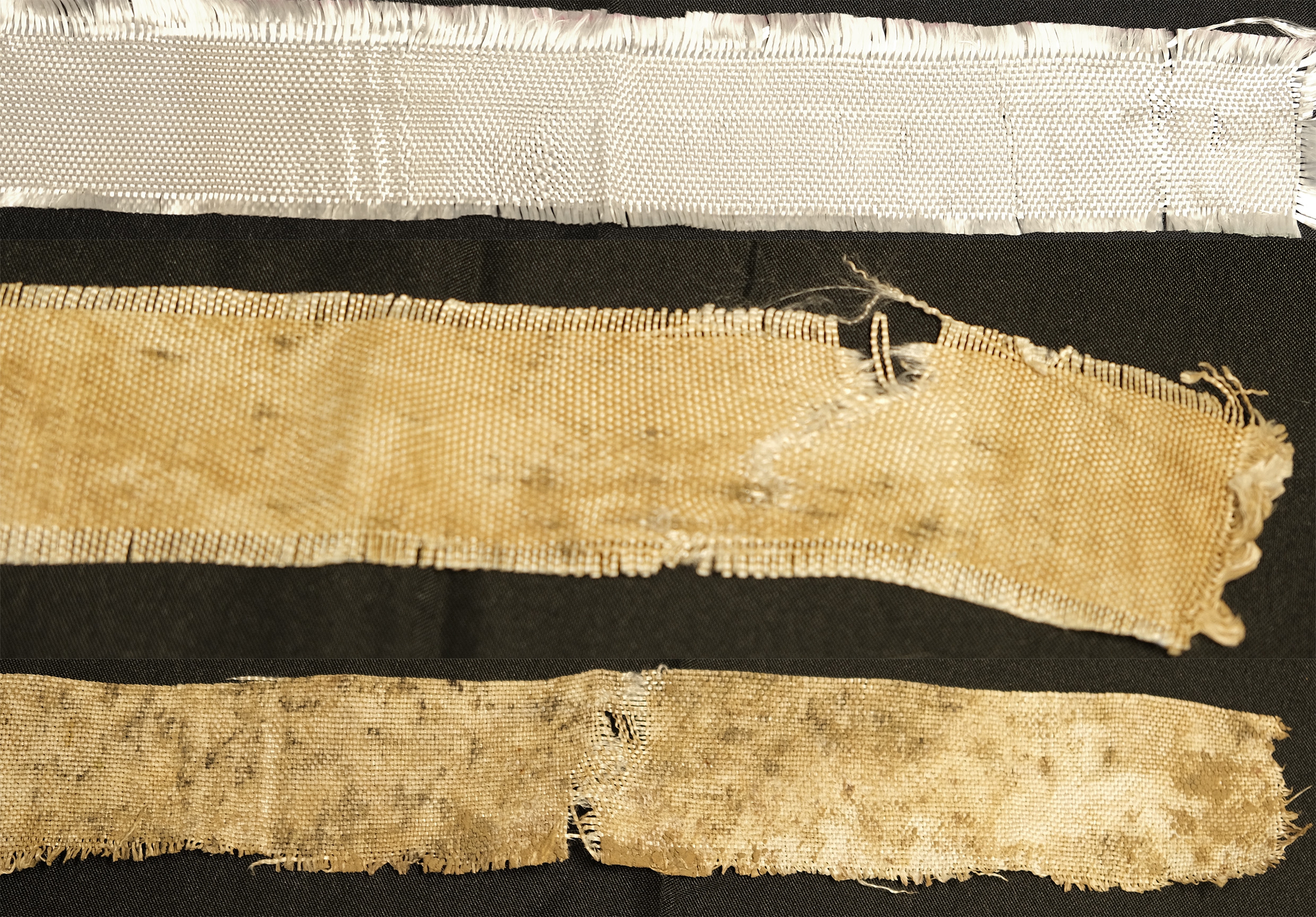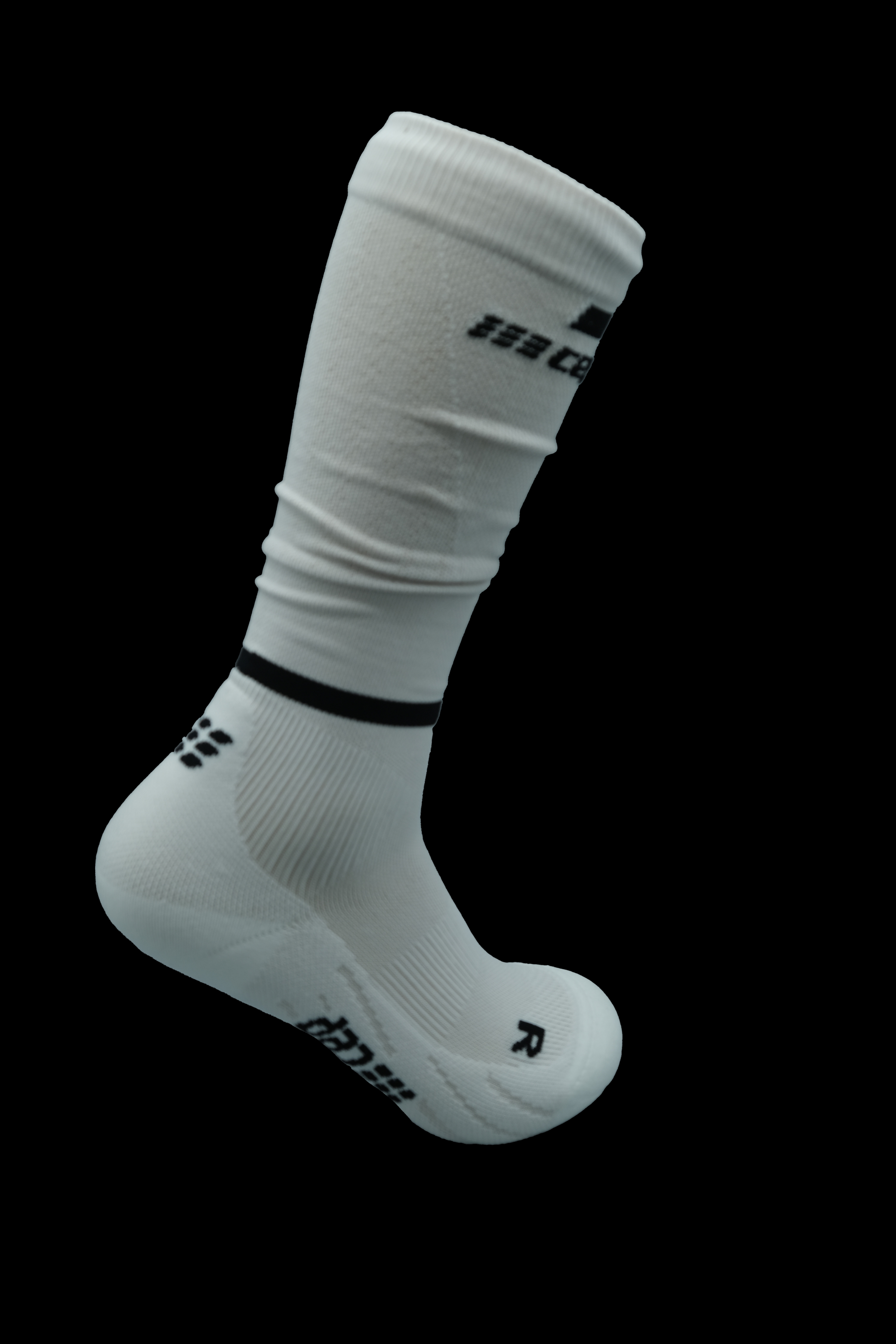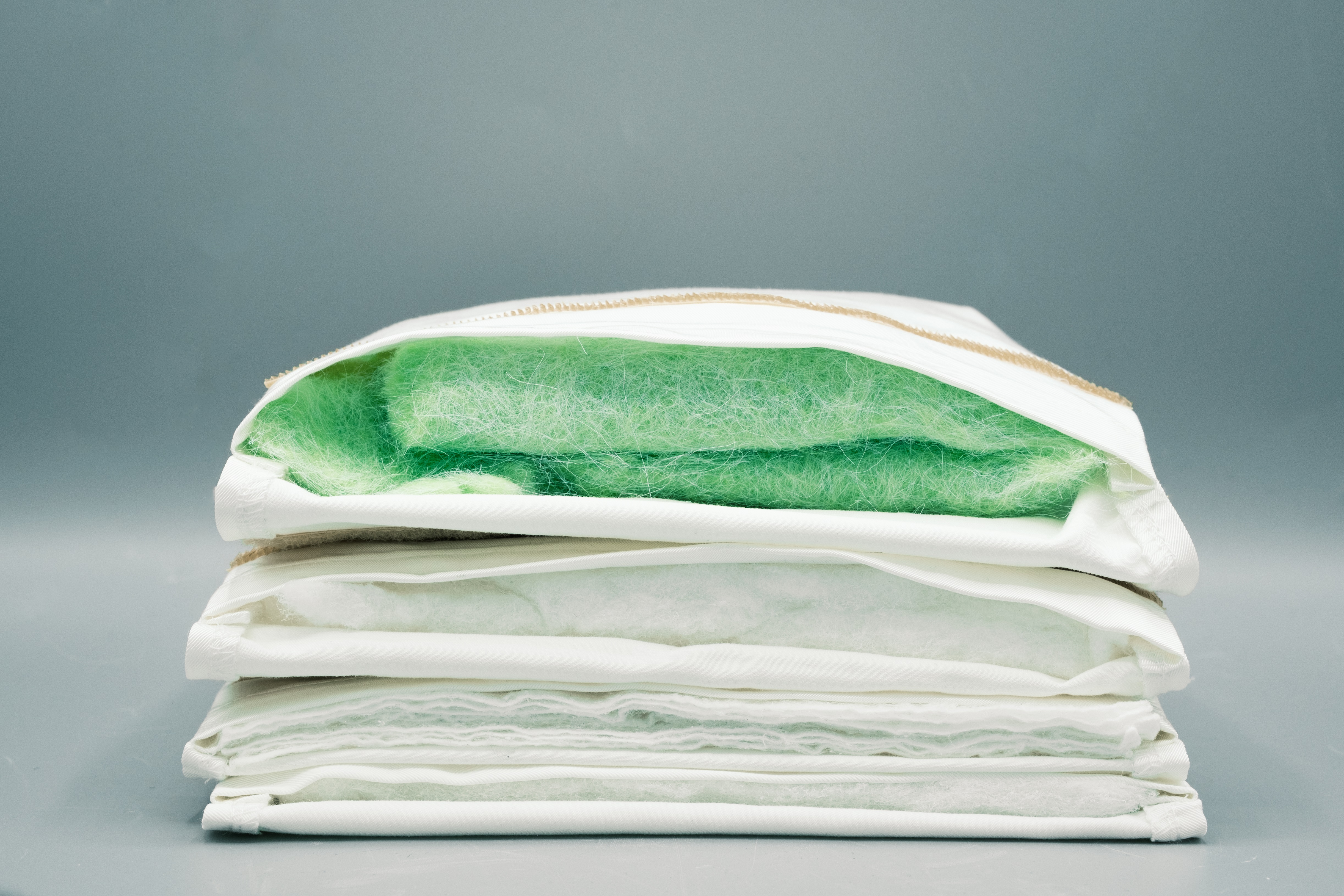The exhibitors & products at Techtextil 2026 will be available here from mid-January 2026.
BIOTURF - The artificial turf of the future is „green“ again
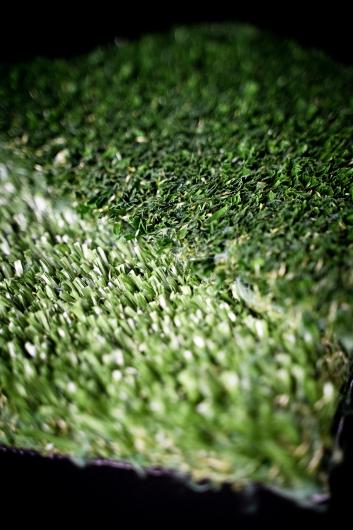
BIOTURF - The artificial turf of the future is „green“ again
Description
Our objective is to develop an artificial turf structure made of bio- polyethylene (PE) similar to petroleum-based PE in terms of its key properties, with a mono-material structure to enable high- quality material recycling. Moreover, the new artificial turf structure will not require the addition of polymer infill granulate, thus solving the current microplastic challenge of artificial turf pitches.
Nowadays, communities and local authorities increasingly deside to construct artificial sport turfs instead to natural one due to low-maintainance efforts. Compared to natural turf, they offer an intensively usable, weed-free and weather independent surface that does not need to be watered or fertilized and require a minimum of personnel care.
On the other hand, the raw material feedstock, the structure and the application of microplastic infill granulate, to provide appropriate playability, cause various challenges. Thus, the multilayered structure of artificial sport turfs, consisting of various components, is usually based on fossil raw materials. In addition, the variety of materials in the pile and base layers or the backing layer are difficult to be recycled, and finally, microplastic infill material risks to be released into the environment due to rain, wind and further weather condition, Once released, the microparticles are non-degradable and therefore create a significant environmental pollution.
Due to this high environmental risk, the EU will ban „intentionally added microplastics“ i.a. for the construction of artificial turf pitches all across the European Union in the upcoming years.
